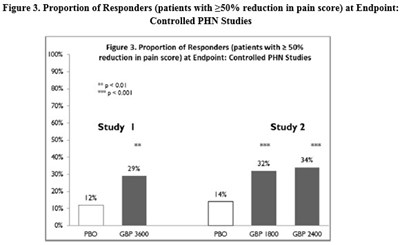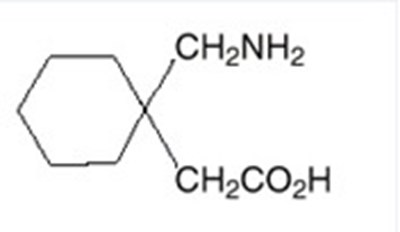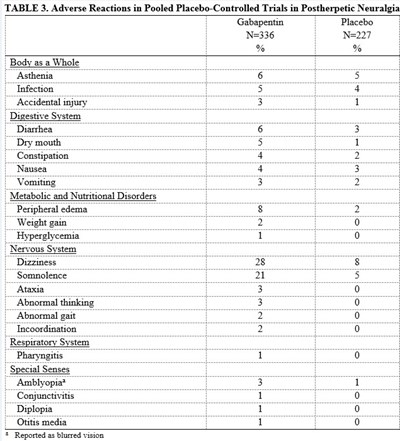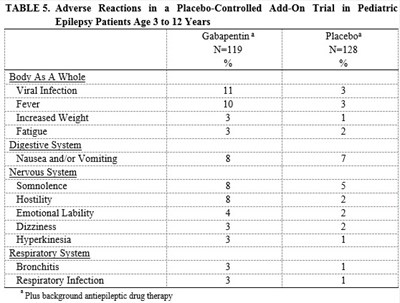Product Images Gabapentin
View Photos of Packaging, Labels & Appearance
Product Label Images
The following 15 images provide visual information about the product associated with Gabapentin NDC 43602-467 by Ascent Pharmaceuticals, Inc, such as packaging, labeling, and the appearance of the drug itself. This resource could be helpful for medical professionals, pharmacists, and patients seeking to verify medication information and ensure they have the correct product.
600 mg - 600 mg
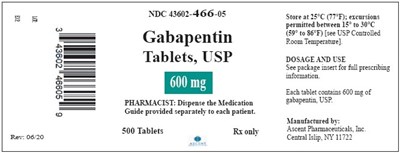
This is a description for Gabapentin Tablets, USP containing 500 tablets of 600 mg each. The medication guide provided separately to each patient should be dispensed by the pharmacist. The medication should be stored at a temperature range between 15°C to 30°C. The full prescribing information can be found in the package insert. The tablets are manufactured by Ascent Pharmaceuticals Inc. located at Central Islip, NY 11722.*
800 mg - 800 mg
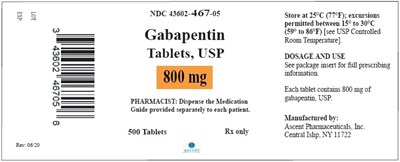
Gabapentin Tablets, USP in the strength of 800 mg is prescribed medication. It is available in a pack of 500 tablets to be dispensed by a pharmacist on prescription only. The medication should be kept in controlled room temperature between 15° to 30°C (59° to 86°F). It is manufactured by Ascent Pharmaceuticals, Inc located in Central Islip, NY 11722. For complete information on dosage and usage, please refer to the package insert.*
Fig-2 - Fig 2
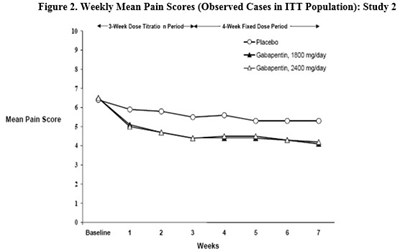
The image shows a graph titled "Figure 2" displaying the weekly mean pain scores observed in the ITT population during Study 2. It appears that the pain scores were recorded over a period of time, perhaps several weeks, and that different treatments or doses were being tested (specifically, "Gabapentin 1800 mg/day"). Unfortunately, without additional context or information, it is difficult to provide a more detailed description.*
Fig-4 - Fig 4
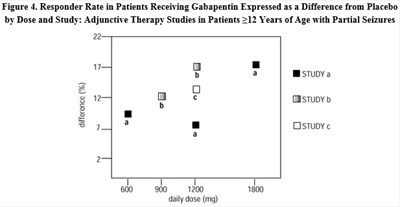
The text describes a figure (presumably in a research paper or report) that shows the responder rate in patients (212 years of age) with partial seizures who received Gabapentin as an adjunctive therapy. The data is presented as a difference from the placebo, and is displayed for different doses and studies. The figure also includes a line graph with daily dose along the x-axis and the responder rate along the y-axis.*
Tab-1 - Tab 1
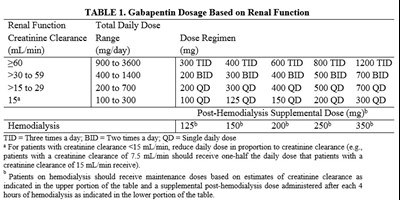
This is a dosage table for the medication Gabapentin based on renal function. The table provides dosage recommendations for patients with varying creatinine clearance levels. Dosage recommendations are provided for patients with creatinine clearance above or equal to 60 mL/min, creatinine clearance between >15 and 29 mL/min, creatinine clearance between >30 and 59 mL/min, and creatinine clearance between 15 and 29 mL/min. It also provides supplemental post-hemodialysis dose recommendations for patients on hemodialysis. The table explains the meaning of TID, BID, and QD, which denote three times a day, two times a day, and single daily dose, respectively. For patients with creatinine clearance <15 mL/min, the daily dose should be reduced in proportion to creatinine clearance.*
Tab-4 - Tab 4
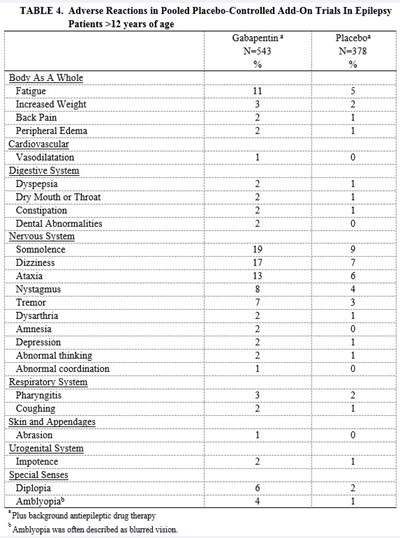
This is a table that shows the adverse reactions observed in patients over 12 years of age who participated in pooled placebo-controlled add-on trials for epilepsy. The table lists adverse reactions related to the digestive system such as dry mouth or throat, dental abnormalities, depression, and abnormal coordination. The note below the table states that amblyopia was often described as blurred vision.*
side effects - side effects

This text suggests symptoms related to a medical condition such as a viral infection that may cause a lack of coordination, difficulty speaking, tremors, swelling, tiredness, fever, drowsiness, nausea, vomiting, jerky movements, double vision, and unusual eye movements. It is essential to seek medical attention if experiencing these symptoms.*
* The product label images have been analyzed using a combination of traditional computing and machine learning techniques. It should be noted that the descriptions provided may not be entirely accurate as they are experimental in nature. Use the information in this page at your own discretion and risk.


